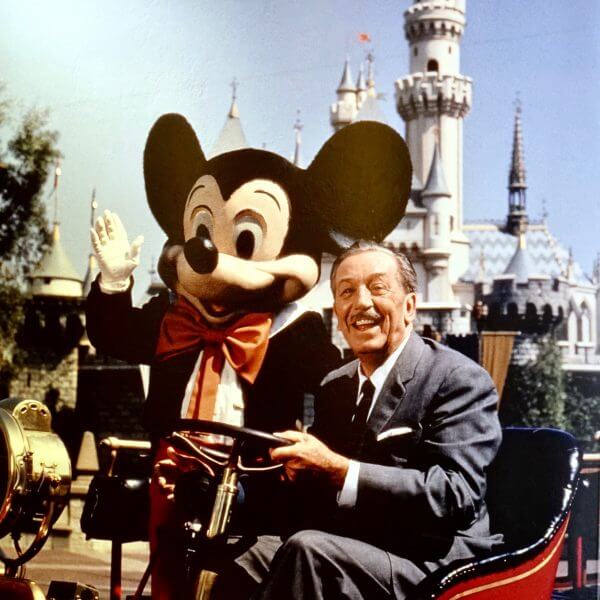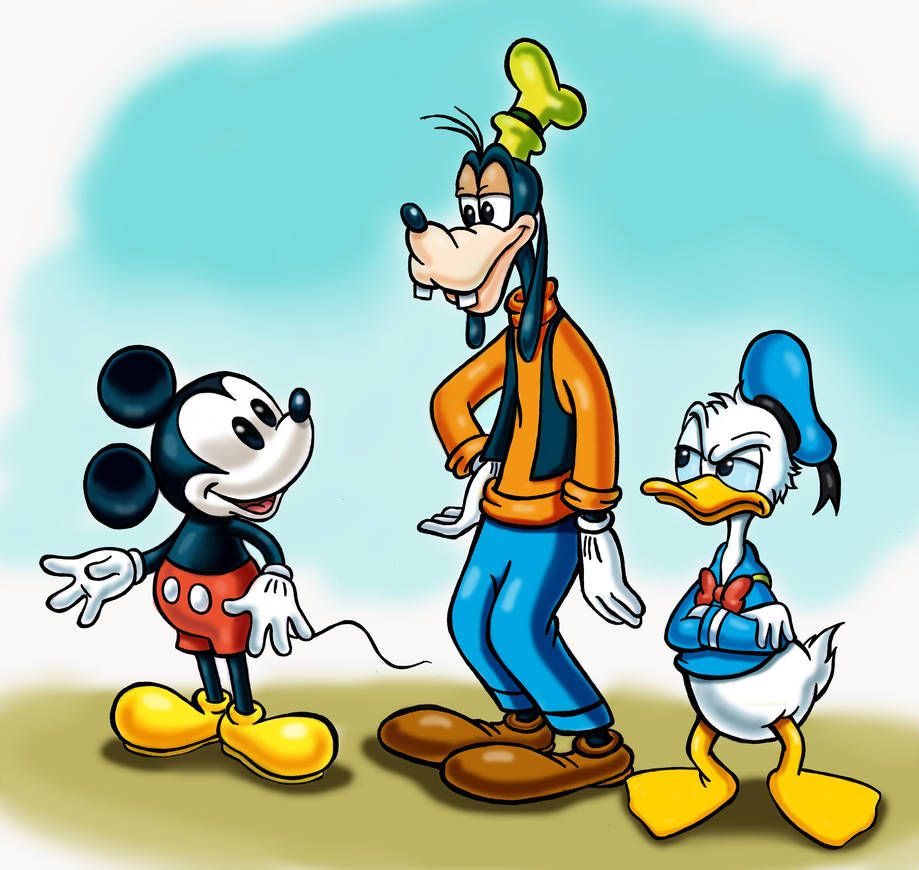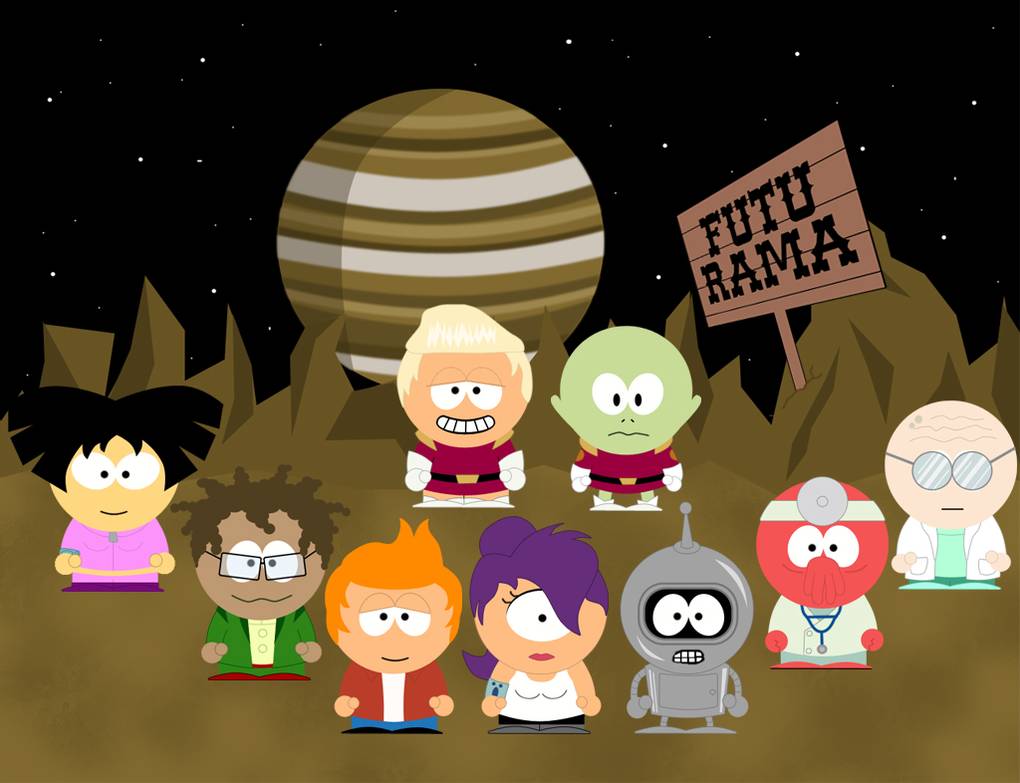This animation process has been done for over 100 years. Although Walt Disney is often credited with making 2D animation with Mickey Mouse, he was not the first person to create a 2D animation. The first 2D animation ever made was called Fantasmagorie, a short cartoon made by Emile Cohl. Created entirely in black and white, the cartoon begins with Emile drawing a simple stick man in live action. The cartoon is about 75 seconds long and it took about 700 different drawings to create. This historic animation was released in 1908, which predates Steamboat Willie (the first cartoon to feature Mickey Mouse) by about 20 years.


Several companies back in the 1930s-1970s (usually referred to as the “Golden Age” of animation) were world-renowned for their high-quality, entertaining cartoons, including Disney (creators of Mickey Mouse, Donald Duck, Goofy, and countless feature-length films), Warner Brothers (makers of Looney Tunes that stared Bugs Bunny, Daffy Duck, and Porky Pig) and Hanna-Barbera (who made some of the television cartoons during the 50s-70s, most notably The Flinstones and Scooby Doo). These companies helped spread and popularize the use of 2D Animation.
In the 1960s, 2D animation strayed away from the theaters and moved onto the TV screen. In order to keep costs down, several shortcuts were made. This often involved only moving one part of the screen per frame (usually a talking mouth) and nothing else. Several Hannah-Barbera cartoons were notorious for looping the same background over and over again, usually when characters were walking or driving. Although these animations weren’t as smooth and complex as theatrical animations, they were still good enough to be convincing and entertaining to thousands of people across the world. In the late 80s and 90s, cartoons started to shift towards an older demographic. The first major example of this was The Simpsons, which debuted in 1989. This cartoon is notable for being one of the first cartoons to deal with very adult situations and real-life conflicts. Many parents were outraged when the show first aired, worried that children would get bad ideas from seeing this subject matter that “didn’t belong” in an animated cartoon. Despite some concerns, the show became an immediate success. The show received high ratings, made tons of money in merchandise, and proved that cartoons did not always have to be for little kids. This led to the creation of several other animated cartoons intended for teens or adults, including South Park, Futurama, Family Guy which are loved by all of us.

From the late 90s to today, 2D animation is still very prominent. Several of today’s cartoons, including SpongeBob Squarepants, use computers to help create 2D animations. Today’s animation cels are often photographed and stored digitally, allowing for easy organization and storage of cels. This process can also be used to digitally add color to characters, rather than having to hand-paint each and every frame. Some cartoons also combine the use of 2D and 3D animations, including the more recent episodes of The Simpsons and Family Guy.
(To be continued.....)Keep an eye on our website

© 2020 Arena Multimedia Durgapur. All Rights Reserved.